Ficha 4 × 1
Date: 19/12/2012 to 20/12/2012
Saímos of: Oaxaca - Mexico
Total distance: 630 km
Where to sleep: San Nicolas Trailer Park – organized place for camping,,es,Chiapas's hodgepodge of traditions and political effervescence is widely exposed in the streets of its cultural capital and surroundings,,pt,with mayan blood in the veins,,pt,being that hardly anyone doesn't know her there,,pt,this is one of the most different churches we've seen on the entire trip here.,,pt,Parents hide their children or they themselves move away as soon as they spot a camera,,pt,but this is a story that will be for the next post.,,pt,I found this city a charm and this mix of cultures is something to be seen and enjoyed a lot,,pt,to be considered by the independent way with which they live,,pt,I find it fascinating to know how even today,,pt,a people can keep themselves apart from the rest of the country,,pt, a few minutes from the city
Filled Tire : Explosion unique cultural and well preserved. A miscelânea de tradições e a efervescência política de Chiapas está bastante exposta nas ruas de sua capital cultural e redondezas.
Final destiny: San Cristobal de las Casas - Mexico
Travel time: 10 hours, including some stops
What we eat good: Unremarkable, but all good. The restaurants in town are very welcoming and we have chosen around the main square or peatonais not let us down.
Tire murcho: Homes for reform. Much of the city was in the works.
Path: Take Mexico 190, Tehuantepec sense, tied to Saida of San Cristobal de las Casas.
Cultural Explosion in Chiapas
Chiapas is perhaps one of the most interesting of Mexico, culturally speaking. With much of the population of Indian origin, certain customs and traditions of the Maya not only survived the influences of the white man, how to live with them as if they were always a single. With political unrest since the colonial era, Chiapas is an autonomous state, surviving without government funds, but with greater political freedom, with the majority of its population is openly supportive of the EZLN, Zapatista Army of National Liberation.
It was late afternoon when we reached the cultural capital of the state of Chiapas: San Cristobal de las Casas. Founded em 1528, served as the official capital of the state of 1824 the 1892 and today is still considered its historical and touristic capital. The city was an important center of struggle for indigenous rights, trademark in its name. While San Cristóbal is a reference to the holy, Las Casas é um tribute ao bispo Bartolomeu de Las Casas, staunch protector of indigenous rights in the region, during the Spanish domination.
San Cristobal de las Casas in good condition keeps many of its colonial buildings and is a great choice for a quieter ride. It was exactly what we did. Its historic center has cobblestone streets and colonial architecture. There are charming restaurants and hotels to spare. The city has all the infrastructure ready to receive tourists on duty. Simply wander the streets and squares peatonais (streets without access to vehicles, with many restaurants and shops open door with tables on the street) without compromise is the best option in the city.
Interestingly, walking the cobblestone streets, mental confusion comes to mind when looking at the sites and its aspect roaming the Indian city full of churches worked well, buildings and plazas of colonial style. They seem not belonging to the local. All very European in a place filled with descendants of indigenous.
The next day, decided to make a visit to the nearby town of San Juan Chamula. This is a curious little town of 50 thousand inhabitants, com sangue maia nas veias. The Tzotzil (linguagem indígena) is still an official language of the city, sendo que dificilmente alguém não a conhece por ali. San Juan Chamula has power only in Mexico, so that no police or military force from outside is allowed outside the city. They have their own police force.
Catholicism in Chamula is a mixture of Mayan customs of pre-Columbian, Spanish Catholic traditions and innovations resulting from diverse mixture of the two. Result is a great local attraction: the Church of San Juan. Located right in the city center, esta é uma das igrejas mais diferentes que vimos em toda a viagem até aqui, if not the most exotic.
There are no seats in the church, once the floor is completely covered by branches of pine tree. The candles occupy much of the floor and spread a pleasant smell to the place. Chamula families kneel on the floor of the church in their fervent prayers. Fences candles and bottles of Coca, drink sodas in offering and sing in a dialect of archaic Tzotzil. Nas walls, images of saints carved in wood and many mirrors to ward off evil. A main altar occupies the back of the church with an image of Jesus crucified.
Unfortunately, the image of the church from the inside will stay only in words, since it is strictly forbidden to draw pictures inside. Moreover, photography in the city is very difficult. Os pais escondem seus filhos ou eles mesmos se afastam assim que identificam uma câmera. At least, a photo outside the church we get.
In surrounding the center, women working in local crafts and making costumes and blankets. In shops, several items are related to the Zapatista Movement, as Canetas, paintings and postcards with the figure of Subcomandante Marcos, the main leader of the Movement. Perceive as the Zapatistas in Chiapas are actually worshiped.
The Zapatista movement emerged in 1910, when Emiliano Zapata joined a revolutionary army that would fight against the Government Porfinista (of former president Porfirio Diaz), that was in power for more than 20 years old. Today, or Zapatista Army of National Liberation (or EZLN) is a leftist revolutionary group, formed mainly by indigenous people living in rural Chiapas. We had a certain impediment to this group, mas essa é uma história que vai ficar para o próximo post.
For more photos of Chiapas, click here!






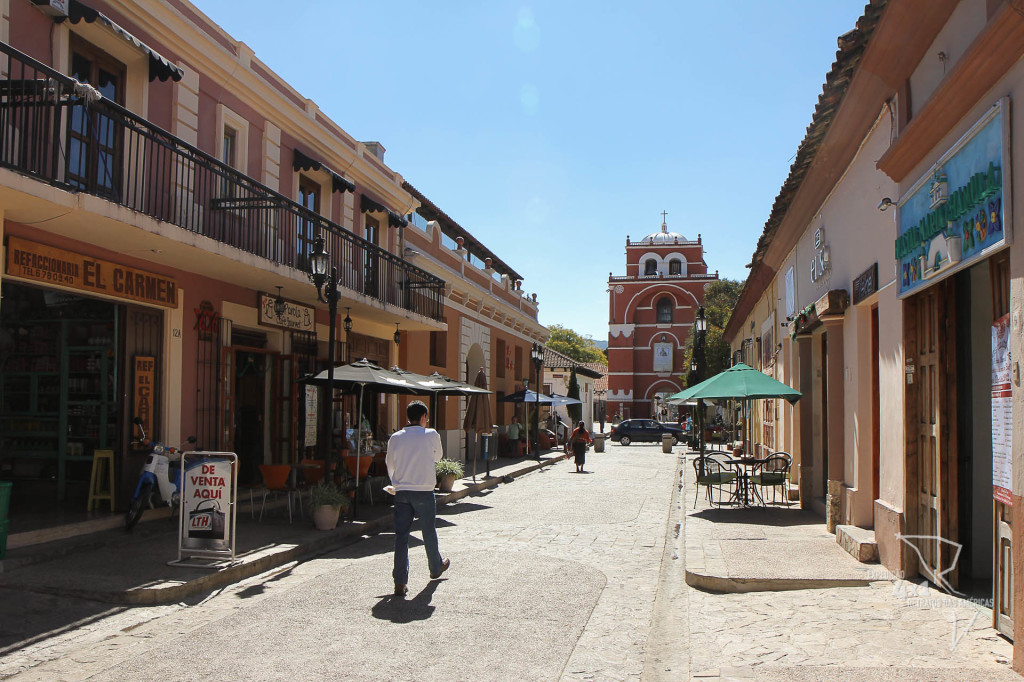
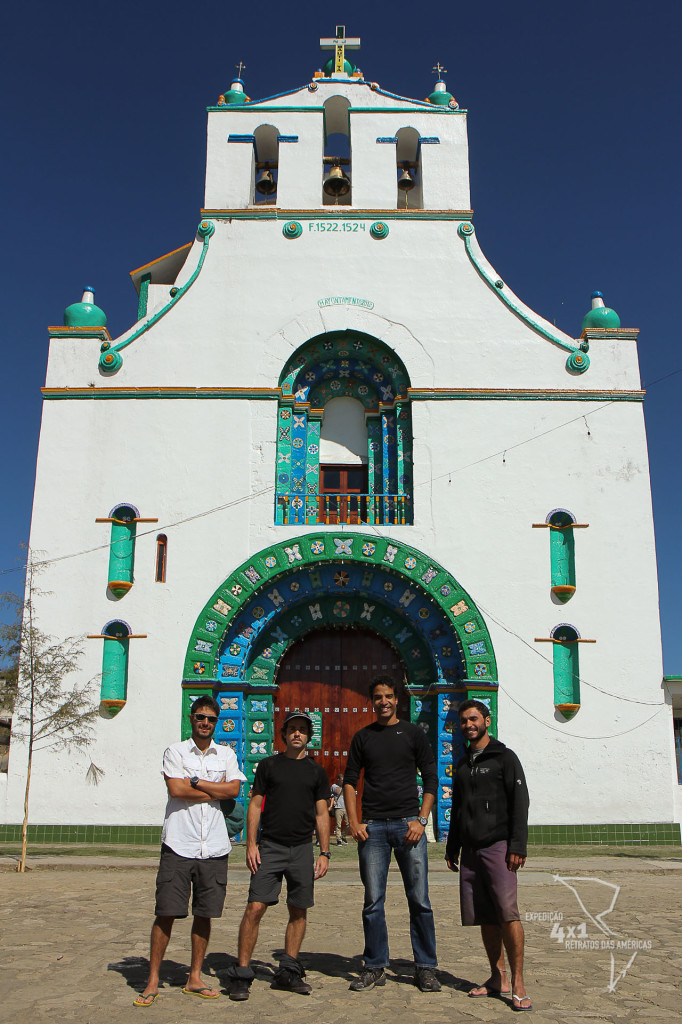

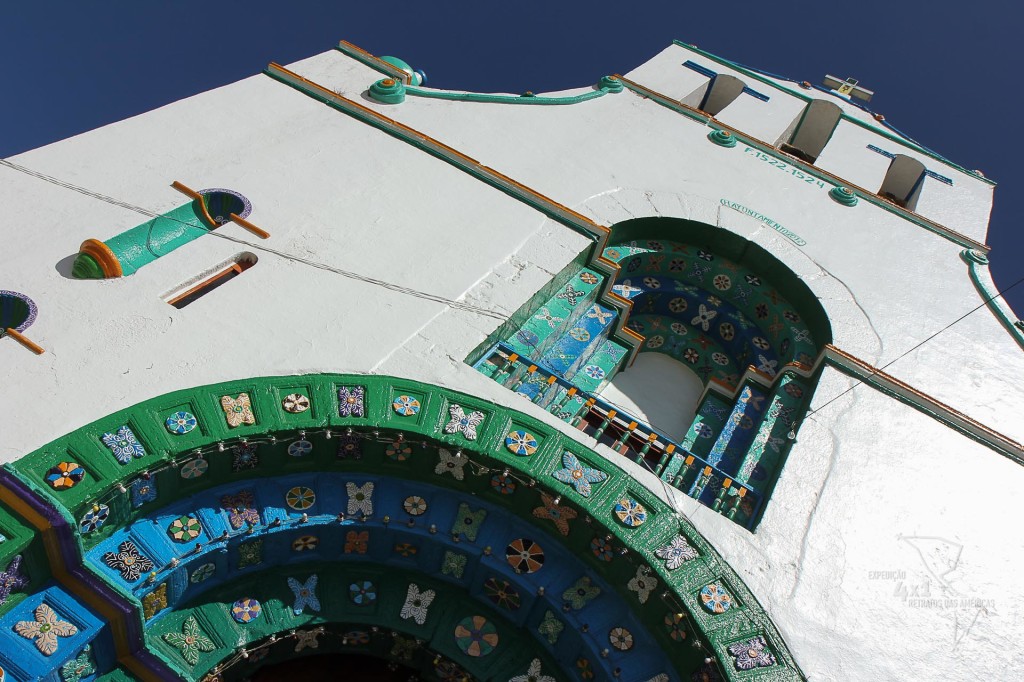
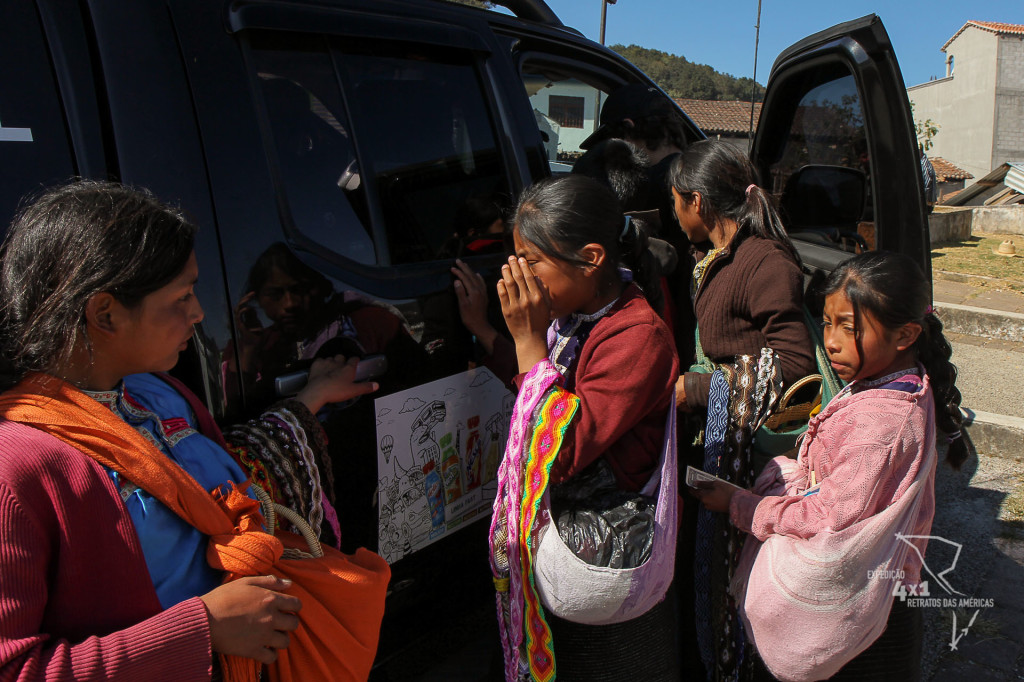
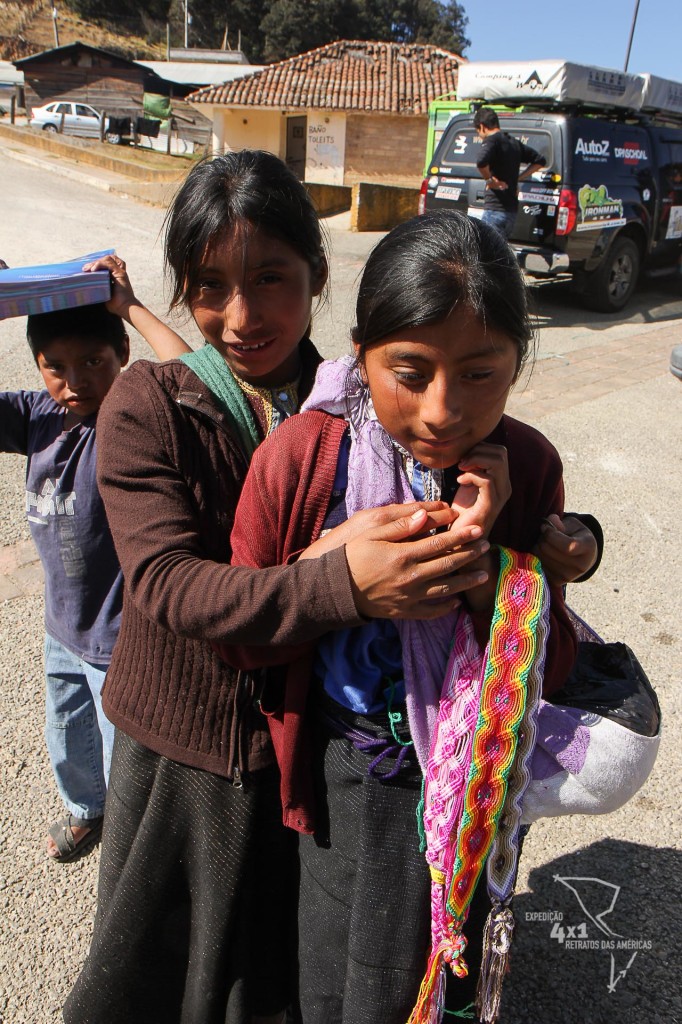
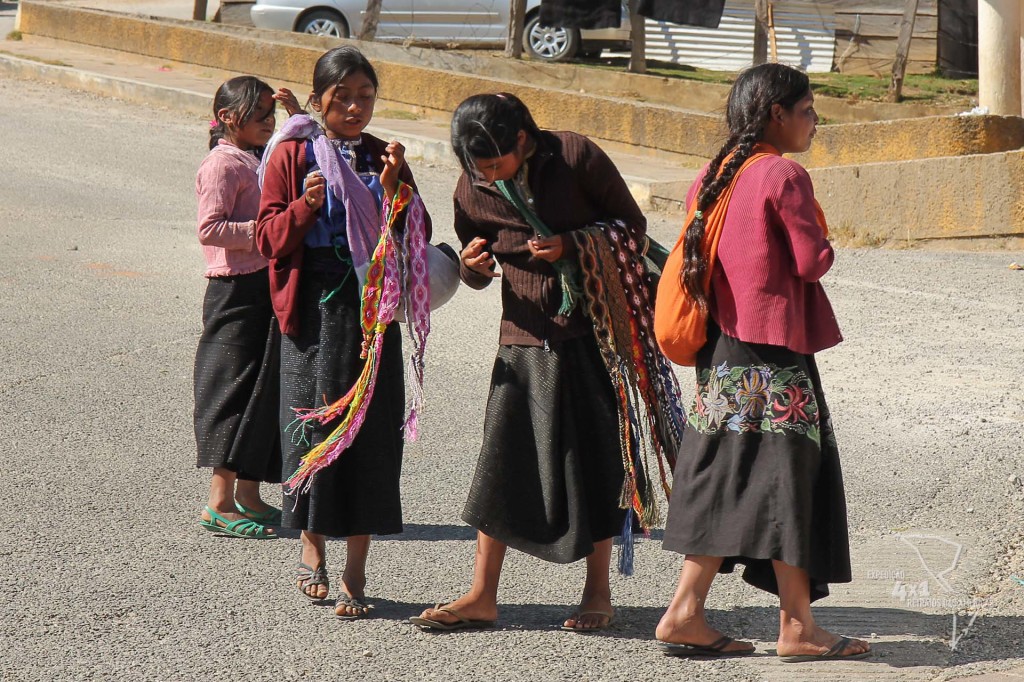
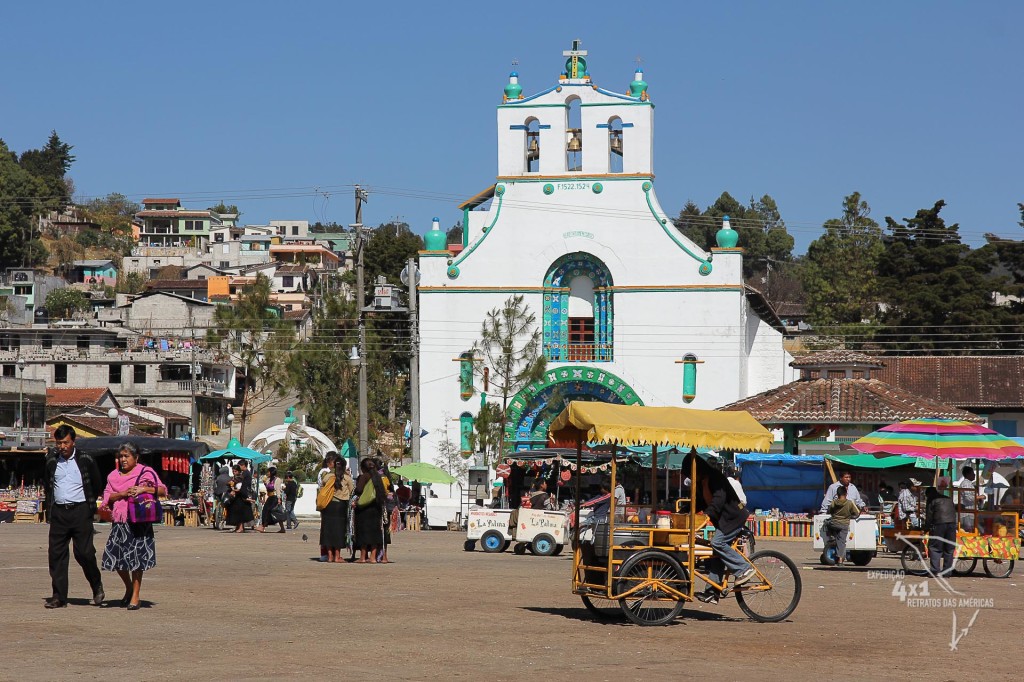


8 Comments
Achei essa cidade um charme e esse mix de culturas é algo para ser visto e curtido bastante, a considerar pelo modo independente com o que vivem. Acho fascinante saber como é que ainda nos dias atuais, um povo consegue se manter a parte do restante do pais. I suppose it is in peace and on the basis of dialogue only,,pt,because it's hard to understand how it works without conflict,,pt,Oi Rogerio,,el,It was on the basis of a lot of struggle that they achieved more independence.,,pt,We were also surprised by this model.,,pt,great report,,pt,aline,,pt,E VIVA ZAPATA,,es,IT WILL BE,,pt,controversial question,,pt,emanuel dultra,,es,It's great to know that there is cultural resistance out there.,,pt,congratulations for the understanding that you had this experience and the unwillingness to share,,pt,hugs emanuel,,pt,Emanuel,,en,We are happy for the comment.,,pt,Knowing these realities outside Brazil makes us think about how things can be in our Brazil,,pt, porque é difícil entender como é que funciona sem conflito.
Oi Rogerio!! Foi à base de muita luta que eles conseguiram mais independencia…também nos surpreendemos com este modelo!muito interesting! Hugs
Wow, boys, ótimo relato!
Thank you very much, Alinne!! Kisses!
E VIVA ZAPATA!!!!
SERÁ????
Pergunta polemica, Geyza!hehe
é muito bom saber que existe resistencia cultural por ai a fora, parabens pelo entendimento que voces tiveram estas esperiencia e o despreendimento de partilar , abraços emanuel
Thank you, Emanuel! Ficamos felizes pelo comentario! Conhecer essas realidades fora do Brasil nos faz pensar em como as coisas podem ser no nosso Brasil! Hugs!